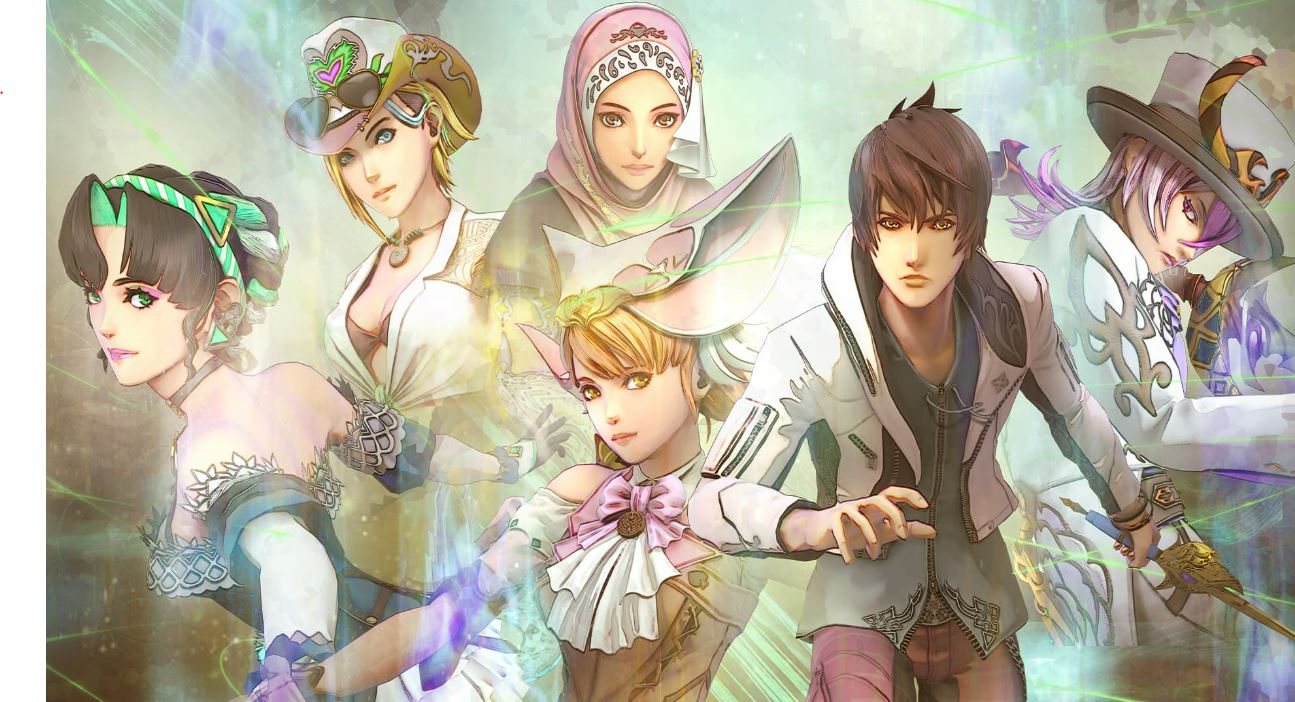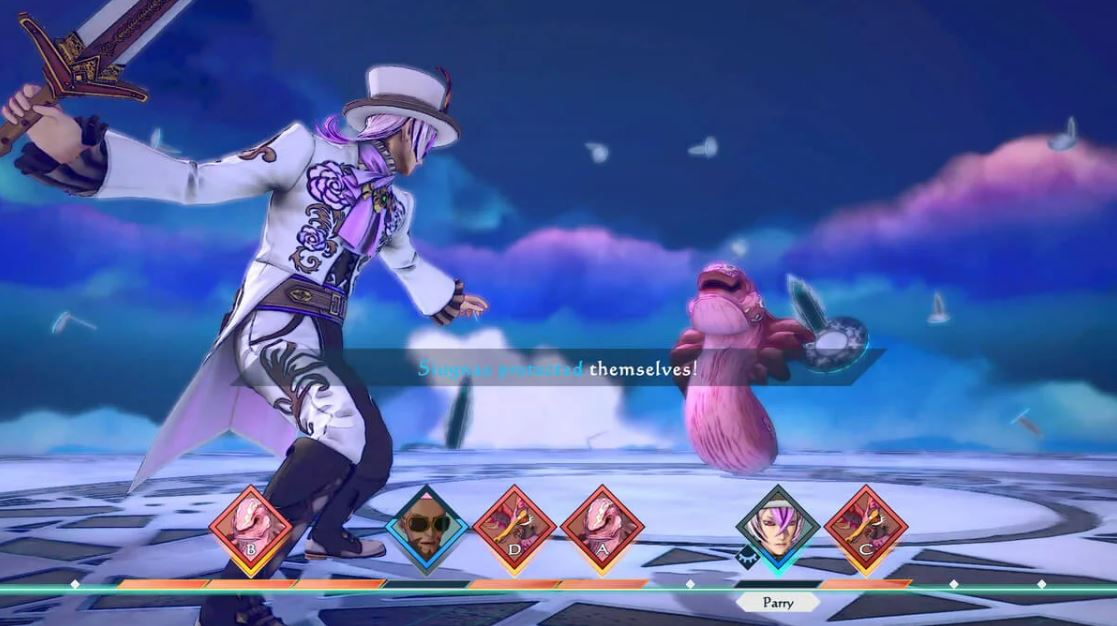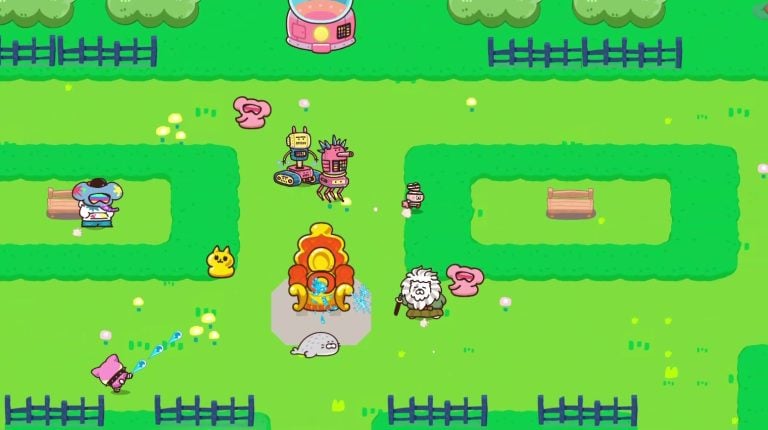In a recent interview, Akitoshi Kawazu, the creator of the SaGa series and director of SaGa: Emerald Beyond, commented on the “aggressive” game design policy he implemented in the latest entry to the unique RPG series. The creator explains his decisions to eliminate staple RPG mechanics such as healing/HP recovery and shops.
Despite belonging to the RPG genre, Square Enix’s SaGa series does many things differently compared to franchises such as Final Fantasy and Dragon Quest, implementing features like a free scenario system and even doing away with game mechanics such as levels and XP. The latest SaGa: Emerald Beyond is no exception, as it entirely removes the concept of healing from battles. In an interview with Denfaminicogamer published on May 27, Kawazu addresses these decisions.

Asked about why he decided to erase such a typical RPG element from SaGa: Emerald Beyond, Kawazu responds, “I think that healing makes battles drag on and takes away the player’s time. It’s a mechanic that only prolongs things in a game and I don’t consider it to be a necessity.” Aside from not wanting to waste players’ time, Kawazu mentions another reason – “Healing means having a fixed party composition, with a designated healer, tank, and damage dealer. This reduces the degree of freedom.”
SaGa: Emerald Beyond director bases this judgement on his own gaming experience, “I myself hate the feeling of my HP being drained, so I always end up fighting in a way that revolves around defense and maintaining my HP. That’s why, when designing a game myself, I want to avoid this outcome and make a system that encourages an offense-heavy playstyle.”
With SaGa: Emerald Beyond, Kawazu strived to make thrilling and fast-paced battles, rather than prolonged fights of endurance. To this end, apart from doing away with healing, he also instructed the team to make turns shorter.
Tomokazu Shibata, the battle director of SaGa: Emerald Beyond admits to being taken aback by Kawazu’s orders, mentioning that this made adjusting the game’s balance very challenging. Furthermore, the complexity of balancing the game was doubled by the fact that Emerald Beyond does not have a typical shop where the player goes to purchase equipment and items. Instead, this can be done directly from the menu, which Kawazu jokingly likens to “online shopping.”

Shops were another typical RPG element Kawazu decided to get rid of, as he didn’t consider them a necessity. However, the lack of physical shops in the game makes level design more complex, as it’s harder to control what items, weapons and buffs players can obtain and when. To overcome this obstacle, the developers simulated various ways players could potentially approach the game and made necessary adjustments for all the scenarios they could come up with.
Kawazu explains that his policy is to “question common sense” when it comes to the RPG genre and its established mechanics. He describes himself as a game creator with a “damage dealer’s role.”
However, at the same time, the SaGa creator admits to having gone too far in eliminating RPG mechanics from his games in the past. As an example, he cites SaGa: Scarlet Grace, in which he attempted to do away with physical map exploration. In hindsight, Kawazu comments, “I felt I overdid things as the feeling of controlling your character is extremely important for video games. Therefore, the time spent moving your character is not wasted at all. This is the time that allows the player to become one with the character.”
SaGa: Emerald Beyond is available for the PC (Steam), PS4/PS5, Nintendo Switch and iOS/Android.





